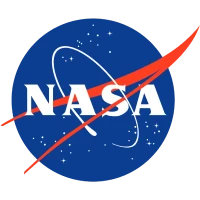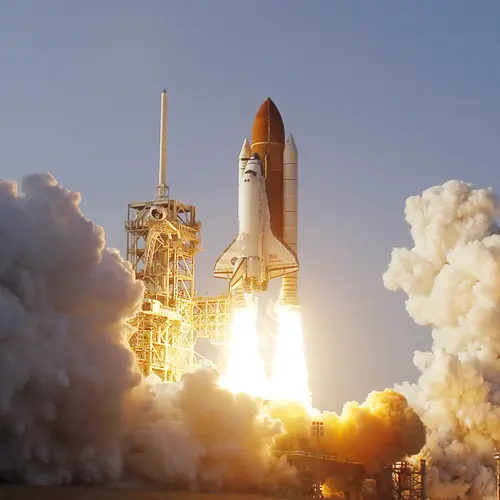/
STS-53, Quasar-10 (USA-89) & ODERACS A to F
Launch Success
Liftoff Time (GMT)
13:24:00
Wednesday December 2, 1992
Watch Replay
Official Livestream
Mission Details
STS-53
STS-53 was a Space Shuttle Discovery mission launched on December 2, 1992, primarily dedicated to Department of Defense (DoD) objectives. While specific details regarding its payload and activities remain classified, it's widely believed that STS-53 involved deploying a classified military satellite or conducting intelligence-gathering operations.
Low Earth Orbit
11,860 kilograms
Quasar-10 (USA-89)
The second-generation Quasar satellites, also known as SDS-2, continue the legacy of the Satellite Data System (SDS) developed by the United States Air Force. Serving as communication relays, these satellites transmit real-time data from US reconnaissance satellites and support communication needs for USAF aircraft and ground stations. Operating in similar elliptical orbits for polar coverage, they maintain communication with KH-11 satellites using a 60 GHz frequency payload. Launched after the first-generation satellites, the SDS-2 series likely incorporates advancements in technology and may feature enhancements in capabilities such as improved data transmission rates or additional onboard systems.
Molniya Orbit
1 Payload
ODERACS A to F
ODERACS (Orbital Debris Radar Calibration Sphere) were a set of passive rada calibration objects of differnet size. ODERACS A to F was a set of six spheres deployed from the Shuttle mission STS-60. The purpose of the Orbital Debris Calibration Spheres experiment was to calibrate the radars and telescopes used for orbital debris measurements by putting objects of the size of interest into orbit for observation. One of the pair was polished, the other diffuse. The three pairs were 2, 4, and 6 inches in diameter.
6 Payloads
9 kilograms
Rocket


Agency
NASAPrice
$450.00 million
Rocket
Height: 56.1m
Payload to Orbit
LEO: 27,500 kg
GTO: 3,810 kg
Liftoff Thrust
30,250 Kilonewtons
Stages
2
Strap-ons
2
Launch Site
Stats
Space Shuttle
52nd
Mission
8th
Mission of 1992
1992
88th
Orbital launch attempt
